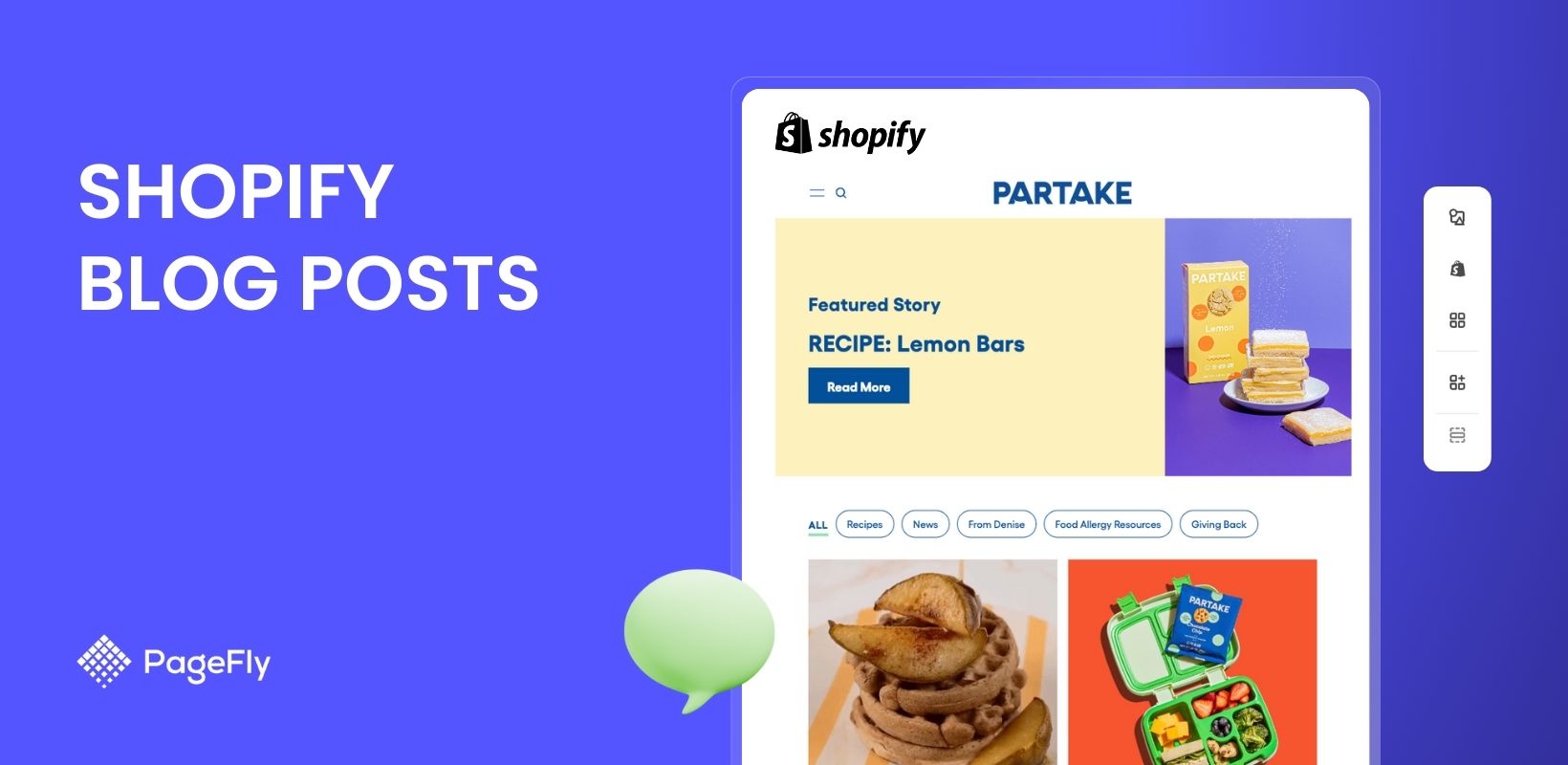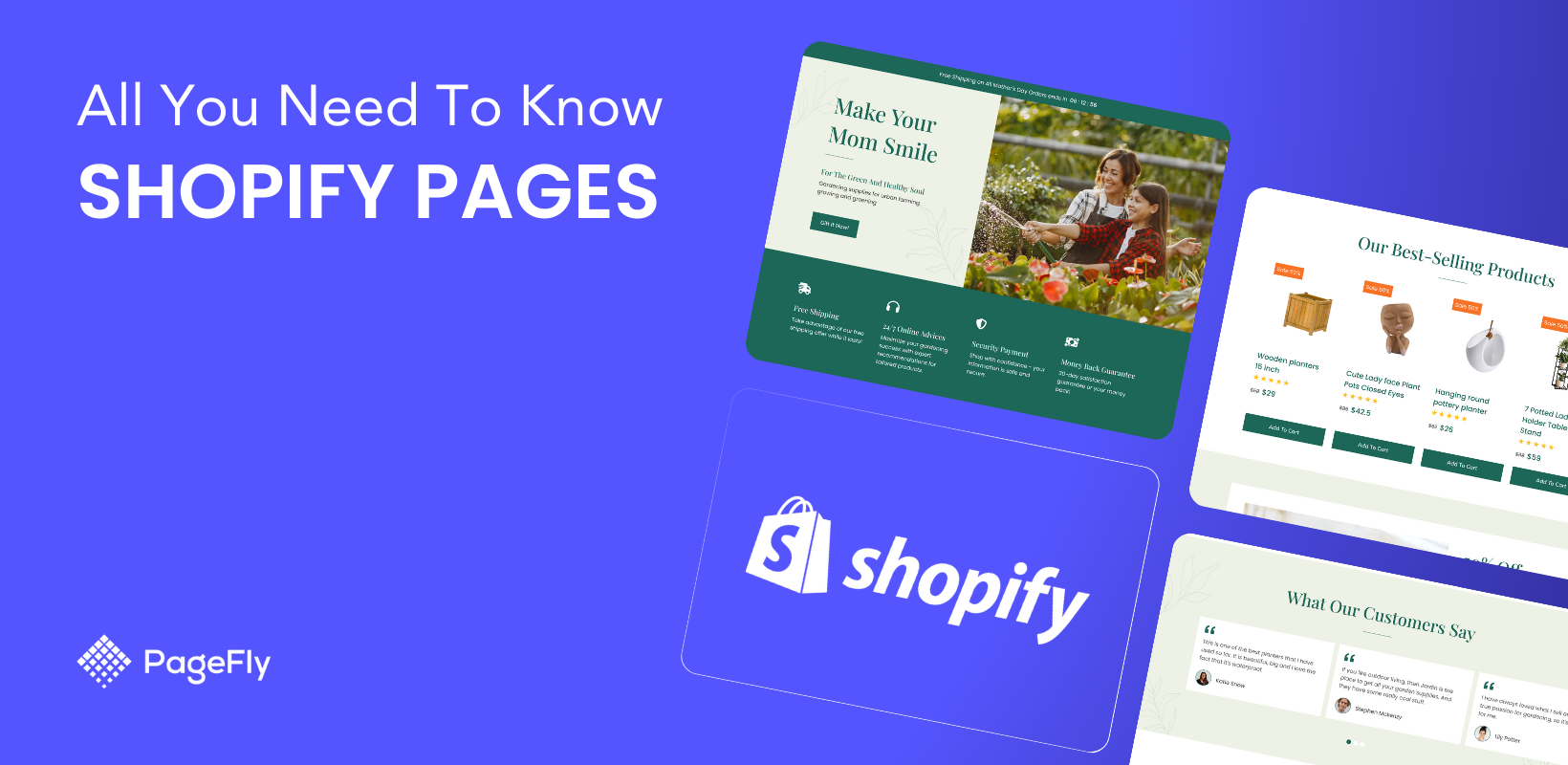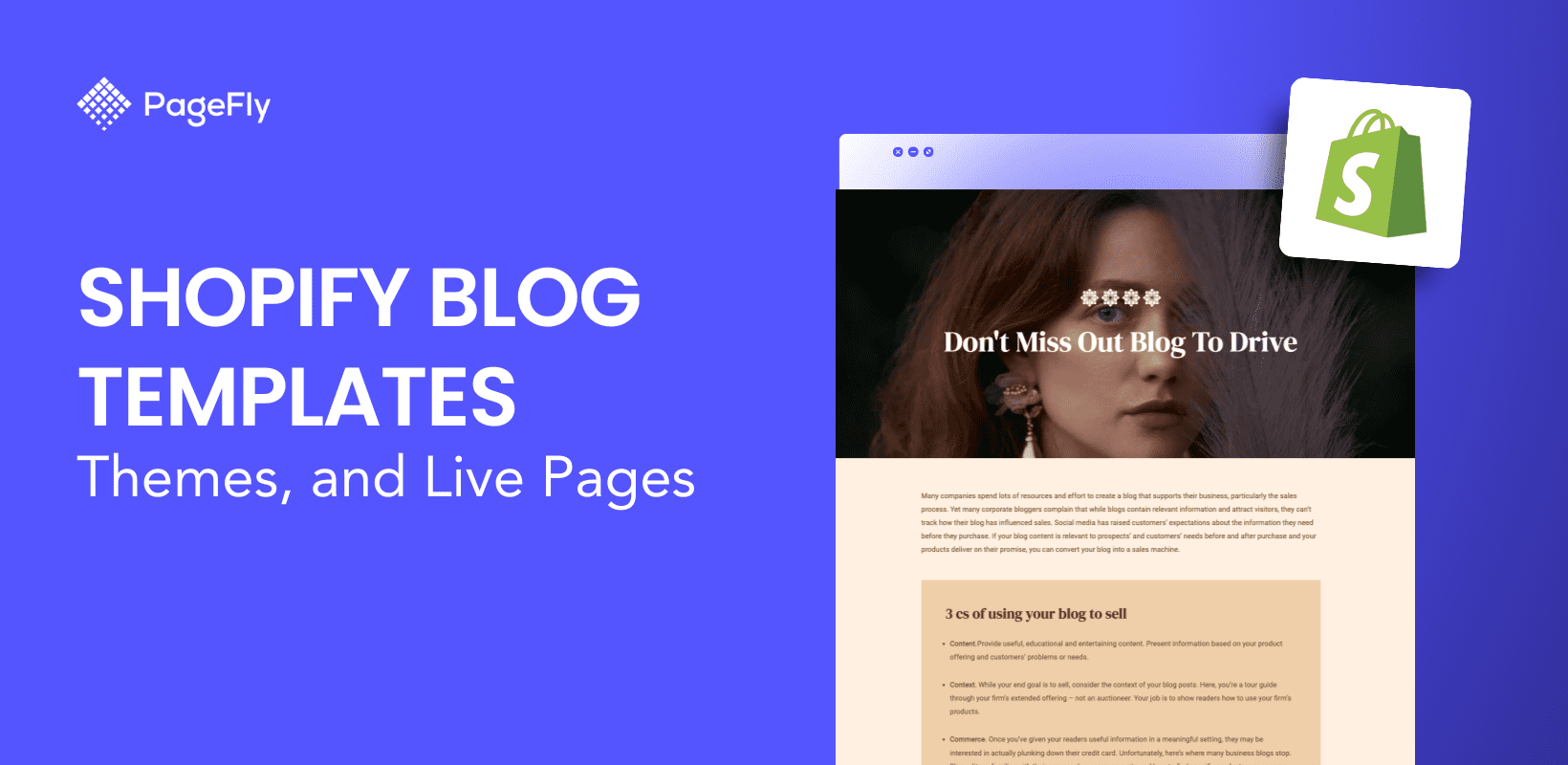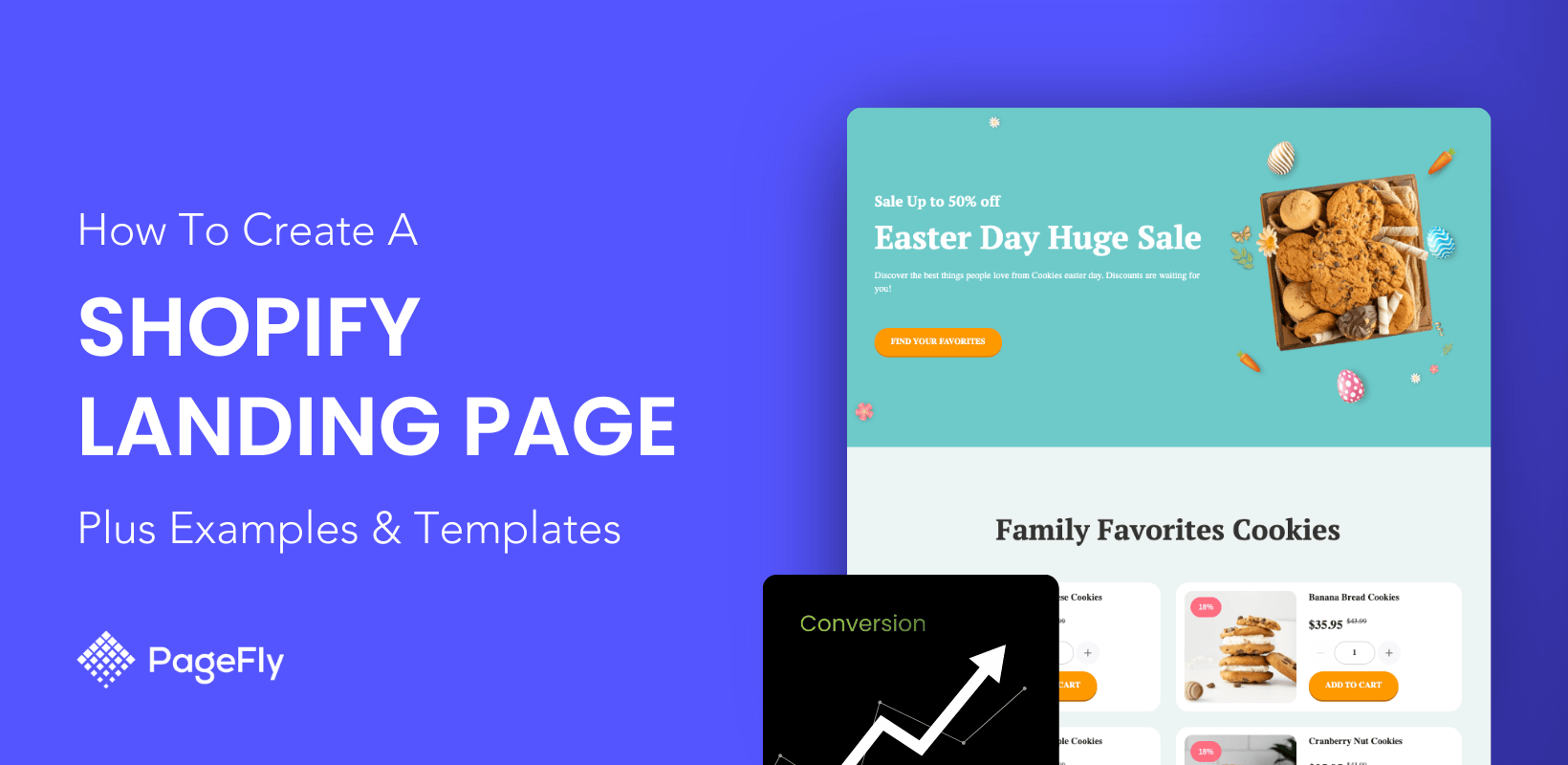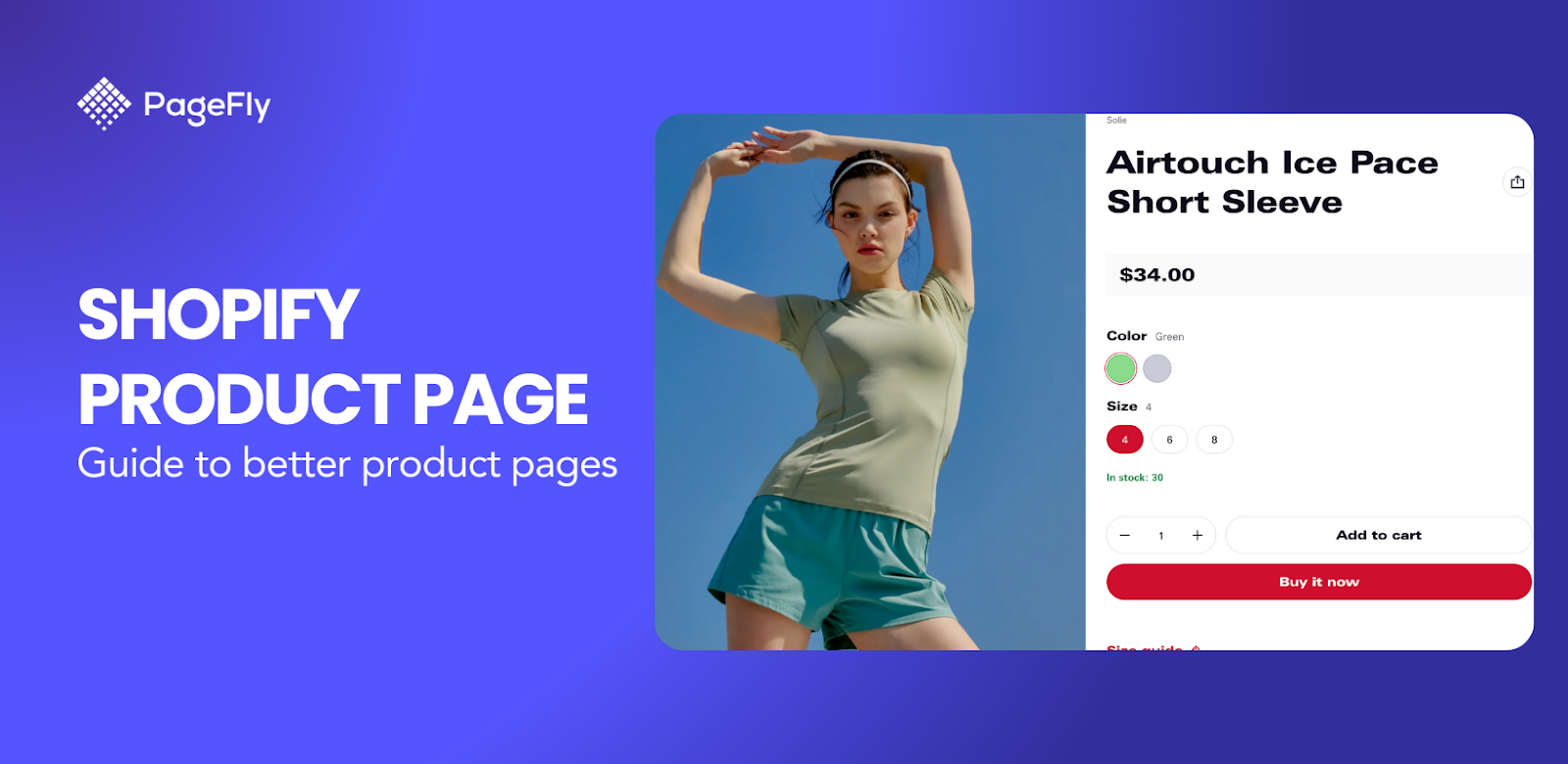Deciding to add or cut out content on Shopify pages can be frustrating. On one hand, you don’t want your product pages to reek of promotion, on the other hand, removing text boxes here and there in the collection pages might make you rue not giving enough information for your prospective customers.
Is Shopify good for blogging? There’s no safer place to toy with your content than Shopify blog posts. Customers go to your Shopify blog posts to look for information, so it can be a great sandbox for testing out what content works and what doesn’t.
In this article, we will walk you through top 9 examples of blogging on Shopify and guide you how to create yours.
Shopify Blog Posts Overview
What are Shopify blogs?
A blog is a regularly updated website or web page that is written in an informal or conversational style. It is a platform where a writer or even a group of writers share their views on a topic.
To “blog” is to produce content that speaks to your audience, whether they are independent readers of your own personal blog or the customers of your company.
Why does Shopify Blogging matter?
Engage your customers
As an eCommerce giant, Shopify never misses a chance to sneak effective sales tools into merchants’ hands. First, Shopify blogging can help merchants better engage readers and promote brand loyalty. This can be done by discussing new products via a blog or telling companies’ stories that potentially convert visitors into customers.
If done right, a well-maintained blog can create a community of loyal subscribers.

Leverage your expert credibility in the industry
A high volume of quality content can position any eCommerce player as a primary reference source in their industry. The incredible power of prestige can eventually give store owners the ability to influence customers’ buying decisions.
Of course, it’s not an easy ride to reach this level. A great blog demands all the hard work of researching, writing, editing, publishing and re-researching on a repeated basis. Make sure your content is original and uniquely worded, because this is the quality that will bring in the customers.
While content is certainly the most important feature of your blog, it’s imperative to have posts that are well-designed and organized to perfection.
Support search ranking
Writing a blog post is just the first leg in a marathon journey to become a trusted expert in a field. It takes a lot of time for content to make its mark both on your customers and on Google.
If your Shopify blog is brand new, Google typically takes a while to index your new posts:
- Around 3 weeks for a page to get its initial machine-based rank.
- Around 13 weeks for a page to get a rank based on usage feedback and traffic.
- Around 35 weeks for a page to accumulate enough data to reach its final ranking.
SEO, meta description, and all the things that sound tech-savvy and worrying at first glance will be more user-friendly in Shopify blog posts. Shopify offers a manageable backend for merchants to deal with search engines, especially Google’s super-specific standards.
Read more: Best SEO Blog Writing Tips for eCommerce Stores
Top 10 Shopify Blogs & Lessons Learned
GYMSHARK

Monthly Blog Traffic: 853K
👉🏼What you can learn: Gymshark's blog prioritizes providing valuable content to potential customers. When relevant, showcase Gymshark products with eye-catching and fashionable imagery to inspire and engage your audience.
SKIMS

Monthly Blog Traffic: 13.9K
👉🏼What you can learn: SKIMS empowers its community by sharing valuable content that resonates. Their blog features stunning imagery of diverse models, showcasing how SKIMS fits seamlessly into every lifestyle.
Allbirds

👉🏼What you can learn: Allbirds' blog offers a treasure trove of insights into their sustainable footwear. Moreover, the content also tells the stories behind materials, the design process, and the commitment to environmental responsibility.
Partake Foods

👉🏼What you can learn: Partake's blog is a culinary haven, offering a diverse range of delicious and allergy-friendly recipes. Their engaging Shopify Blogs, paired with eye-catching GIFs, make cooking fun and accessible.
Grub Club Pets

👉🏼What you can learn: Grub Club Pets blogging on Shopify offers valuable resources and insights for pet owners, focusing on informative content rather than promotional materials. Their topical map highlights trending pet-related issues that resonate with animal enthusiasts.
Missoma

👉🏼What you can learn: Missoma Blog showcases exquisite, high-fashion imagery to evoke a sense of style and inspiration. The blog also offers expert styling tips for fashion enthusiasts.
Meow Meow Tweet

👉🏼What you can learn: Meow Meow Tweet blog features a playful and innovative design that aligns with their brand identity. The blog's friendly and informative tone creates an engaging experience for readers.
Blume

👉🏼What you can learn: Blume Blog delivers professional and informative skincare content, backed by dermatological endorsements that highlight their expertise in the industry.
Lulu and Georgia

👉🏼What you can learn: Lulu and Georgia blogging on Shopify shows luxurious home design aesthetics through their visually stunning blog. Large, high-quality images contribute to the overall sense of opulence and refinement.
Wandering Bear Coffee

👉🏼What you can learn: Wandering Bear Coffee blogging on Shopify celebrates the joy of coffee, offering informative and engaging content on various coffee-related topics.
How to Use Shopify for Blogging
Step 1: Sign up for your free Shopify store
The first step to using Shopify for blogging is to create an account. You can enjoy the free trial and select a tier later.

Step 2: Install PageFly
PageFly is a powerful page builder app that can be helpful for Shopify blogging, especially for creating stunning blog layouts. Install the app from the Shopify App Store.

Step 3: Publish a Blog with PageFly template
- Choose a PageFly template to create a Blog Post Page.

- Customize the template to match your brand and preferences.
- Add your blog post content, including text, images, and videos.
- Optimize your blog post for search engines using relevant keywords.
You can learn more about the settings of your blog page HERE
Step 4: Polish your writing skills through excellent resources.
Here are some examples of blog posts created with PageFly:
Dunhome

Lebert Fitness

Stride

(*) Pro tip: You can also add products to your blog page. Once you’ve provided valuable information, the transition from writing to selling will feel smooth.
Read more: Best Shopify Blog Page Design For Your Inspiration
Conclusion- Is Shopify Good For Blogging
In conclusion, Shopify blogging offers a versatile platform for eCommerce businesses to engage customers, establish industry expertise, and improve search engine rankings. By creating valuable and informative content, businesses can enhance brand loyalty, drive traffic to their online stores, and ultimately increase sales.





